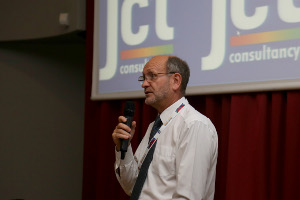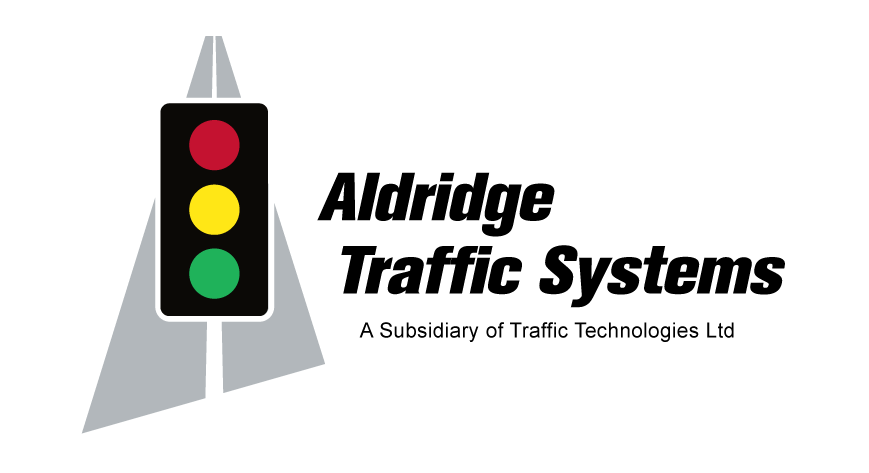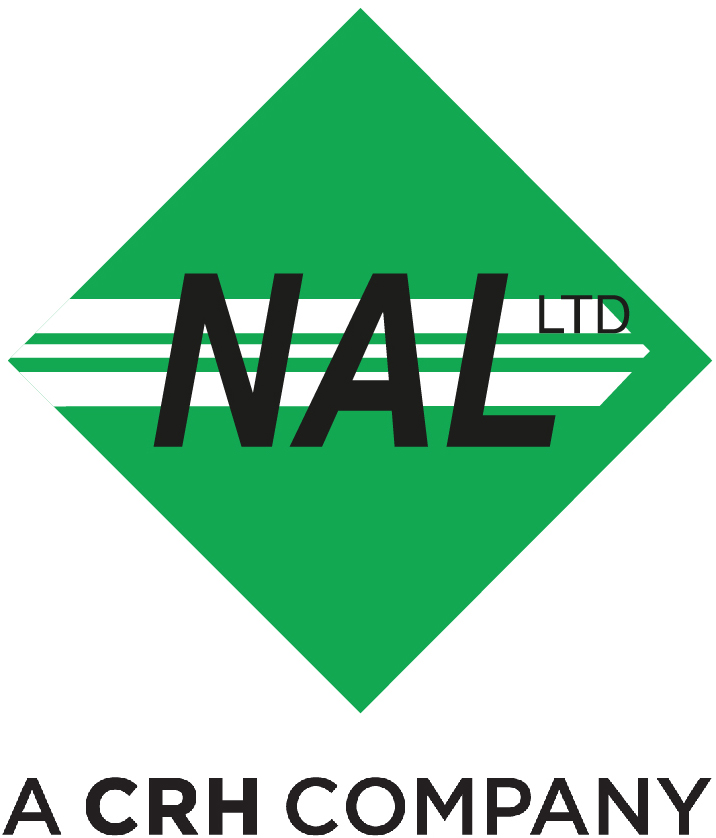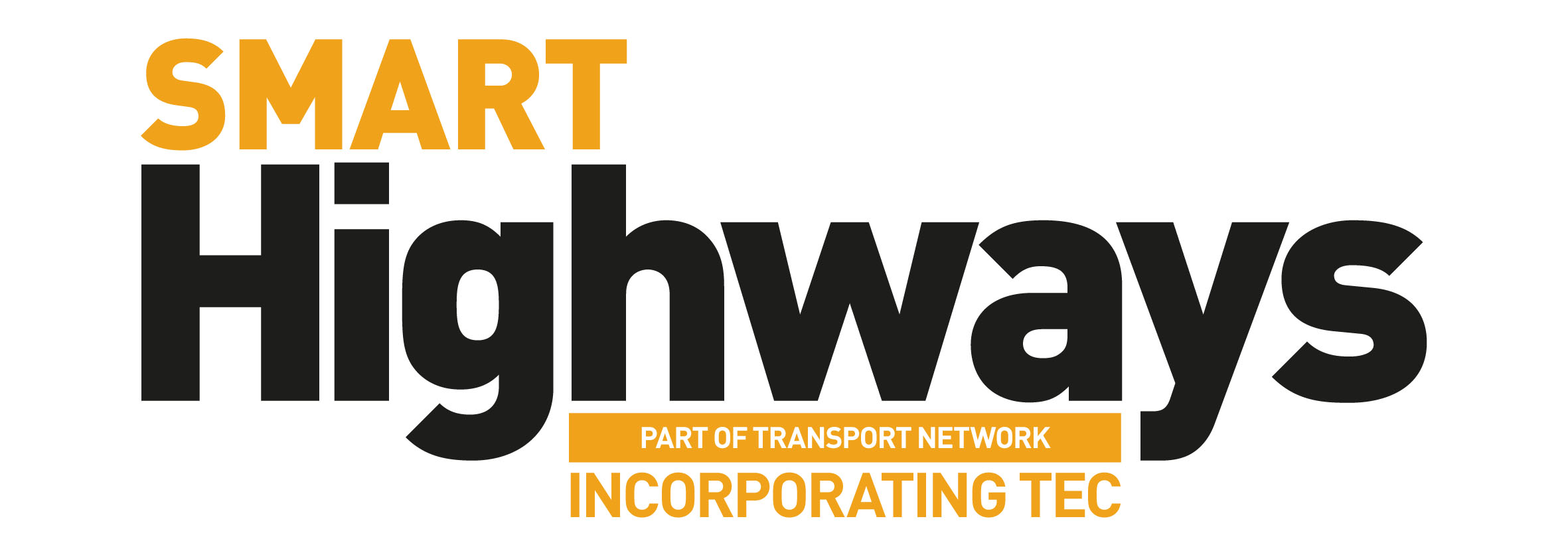The 24th JCT Traffic Signal Symposium & Exhibition
The JCT Symposium website has moved!
For 2023 and onwards, information and bookings for the JCT Symposium and MOVA User Group will be at our new dedicated JCT Symposium website. This section of the JCT Consultancy website will remain as an archive of past symposia but will not be updated with new content for future events or be used to receive bookings.
Tuesday 17th and Wednesday 18th September 2019 at The Nottingham Conference Centre.
This page provides archive information on the 2019 Symposium.
For this year's Symposium, please click here


Special Events Sponsored by:










Media Partner:

SMART Highways magazine offered a free print subscription to all attendees this year, saving delegates £95.
The 2019 Symposium was held at The Nottingham Conference Centre on Tuesday 17th September and Wednesday 18th September 2019.
The format of the event was the same as in previous years and included a Symposium programme filled with topical presentations, a specialist Exhibition, and plenty of opportunities to catch up with old friends and colleagues and network with new contacts.
The MOVA User Group was also held at the Conference Centre on Monday 16th September.
Overview
The JCT Symposium & Exhibition started in 1996 as a way to bring traffic signal practitioners together with manufacturers and to maintain a sense of community amongst signals engineers. It is intended to run as an affordable conference that is accessible to as many people as possible, regardless of experience and that encourages the exchange of knowledge, experience and good practice. Over the past few years, the symposium has consolidated its position as the UK's best conference event for traffic signals.
The Symposium & Exhibition runs over two days, and is usually preceded by the MOVA user group. It mixes conference style papers, the principal manufacturers, networking opportunities and organised social events in the evening. As far as content goes, the emphasis is on the signals community itself and JCT seeks submission of papers and presentations from working signal engineers, manufacturers and suppliers. The broad appeal of the programme means that papers are also welcome from policy makers, interest groups, and academics. If you would like to share your experience with the signals community then please let us know and we will do everything we can to help you including subsidising attendance at this event.
Prizes 2019
As regular Symposium attendees will know prizes are awarded each year for the papers presented. The prizes are awarded by a panel of eminent traffic signal professionals, which this year consisted of:
- Stuart Beniston (Retired)
- Louise Hewlett (Kirklees Council)
- Peter Randles (Liverpool City Council)
Our sincere thanks to the judges.
This year's prizes were awarded as follows:
Overall Best Paper
New initiatives for an aging UTC system – Some of the innovative techniques TfL is using to improve traffic signal performance for buses, cyclists and pedestrians.
Chris Blucke - Transport for London
Best Presentation
The Evolution of the Magnetometer from Traffic Signals to MIDAS and beyond
Peter Cattell – Clearview Intelligence
Most Thought Provoking Presentation / Paper
Securing the expeditious movement of traffic – a discussion on the requirements of the Highways Act, and the issues that Local Authorities face in managing their highways network
Nick Warwick – Cumbria County Council (Retired)
Most Innovative Paper
Artificial Intelligence for Signal Control: Working towards rollout in Manchester
Mark Nicholson – Vivacity Labs
David Watts – Transport for Greater Manchester
Paper Most Likely to promote Best Value
Temporary detection for UTC – keeping sites coordinated
Jackie Davies – Bristol City Council
JCT Consultancy Exhibition Treasure Hunt
The treasure hunt prize this year was a dash camera with a collection of accessories.
2019 Symposium Papers
The 2019 Symposium Programme consisted of 27 papers from a range of speakers.
The Symposium's papers are written and presented by the signals community itself and JCT actively
seeks submission of papers and presentations from working signal engineers, manufacturers
and suppliers as well as policy makers, interest groups, and academics.
The programme of papers for 2019 is shown below:
Copies of selected papers to download will be available here shortly.
Symposium Papers
Keynote: Back to the future - From early experiments with Floating Vehicle Data Collection to significant opportunities to monitor and manage networks Andy made his last appearance at the 2002 JCT Traffic Signals Symposium where along with Gary Gates he discussed pioneering data collection work in their paper “Floating Vehicle Data Collection”. Formally at Faber Maunsell Andy is now the Managing Director of White Willow Consulting, he Chairs the ITS-UK Connected Vehicles Forum and is a winner of the ITS-UK award for outstanding personal achievement. Looking back on his 2002 paper Andy will share with the Symposium the significant possibilities which have arisen in the last few years to integrate large data sets into better decision making and control. | |
Traffic Signal Optimisation and Validation in Area 4
A look at the lessons learnt, tweaks, tricks and improvements made at 10 sites across the Highways England Area 4 network, as part of a signal optimisation and improvement programme. | The importance of feedback to product providers
Eight years ago, following feedback from multiple Traffic Signal Engineers, Designers and Installers of their concerns about using carcinogenic base seal in traditional cabinet bases, which not only posed a potential risk to their health, but also required additional BT visits, NAL decided to investigate options to resolve this problem. |
|
Artificial Intelligence for Signal Control: Working towards rollout in Manchester Promoting multi-modal travel and reducing congestion are near the top of most transport authorities’ wish-lists. Through using AI to gather highly accurate data on distinct classes of road user, including cyclists, combined with AI to optimise the transport network, Vivacity Labs are unlocking the potential for a step-change in signal control. This talk will describe an ongoing £3.5m project led by Vivacity Labs to deliver AI-powered traffic signal control, including the data types being collected to inform the AI, the simulations being used to train the AI, and the work done so far working towards on-street delivery, which will culminate in a large-scale deployment in Manchester with TfGM. Download Here |
Optimizing for Everyone using Cooperative Adaptive Control
In the UK and around the world, different forms of adaptive control have emerged and become widespread. Most of these can be characterized as either 'local', or 'central' systems, each with their own merits and limitations. With computing power at the intersection now sufficient to achieve both flexible, adaptive local control and efficient network coordination, powerful real-time, decentralized adaptive control now allows ‘local’ traffic signals to cooperate and coordinate traffic across complex road networks, scaling to entire cities. First deployed in Pittsburgh, Pennsylvania in 2012, the Surtrac adaptive system has spread to 10 cities in the US and Canada, with interest and planned projects around the world, including the UK. |
|
Evolving & Enhancing Traffic Management - Second Generation Ramp Metering
Traffic usage and technology change over time; traffic management systems need to adapt to suit this changing environment. |
Chapter 6 - Crossing the Stopline Chapter 6 “Traffic Control” of the Traffic Signs Manual is about to cross the stopline and after years of development will bring together key advice on Traffic Control in a single document. Sally will be presenting information on the final release of this much anticipated document. |
Local bus priority, centrally
Motus has developed its Morph unit to include a feature that provides the facility to receive an RTIG bus priority trigger feed directly and convert the RTIG messages into outputs to MOVA. This development has been undertaken for Leeds City Council and significantly reduces the latency associated with transmitting bus priority triggers through UTC. | Cooperative ITS trials in Bristol (Flourish) and Belgium (Intercor)
Dynniq has performed its end-to-end C-ITS deployment trial for in-vehicle services in Belgium, demonstrating its advanced “Day 1 Services”. This was successfully achieved by providing both mobile and G5 communications to and from infrastructure and included both security and signage messaging from central traffic management centres. |
‘It's adaptive control, but not as we know it’ This paper will look at how a modern adaptive control algorithm such as ImFlow can provide benefits over traditional MOVA and SCOOT adaptive options by not only working with more forms of data input, but also provide more usable forms of data output for today’s new vehicles (and drivers via Apps) many of which are already set up for driving in the future. Download Here |
A629 Corridor Improvements Emma will look at a variety of measures being considered to improve the A629 Corridor including:
|
Protecting the cycle: A scenario-based approach for improving traffic flow and reducing driver frustration at portable signals
In this paper we present results of a collaboration between the Kent Lane Rental Scheme Innovation Fund, UK Power Networks and Traffic Group Signals to investigate and improve the efficiency of vehicle movements at roadworks controlled by portable traffic signals. Extensive road trials have been undertaken in order to understand the factors which limit the efficiency of traditional Vehicle Actuation (VA) operation at these sites and to identify specific causes of driver frustration. | Securing the expeditious movement of traffic – a discussion on the requirements of the Highways Act, and the issues that Local Authorities face in managing their highways network Nick will present his thoughts on outdated strategies, failure to validate adaptive systems, the lack of high level guidance and basic ground rules and the absence of a standard model. He will discuss the challenges facing local authorities due to lack of resources and make suggestions on how we improve our performance with limited budgets. Download Here |
Tbilisi – Georgia on my mind (Bus priority Schemes)
A team of five staff from Mott MacDonald spent time working in Tbilisi with the Municipal Council to help them develop and implement bus priority measures in the city. | M1 Junction 24 Abnormal Load Bay
A holding bay for abnormal load bays has been constructed as part of the reconfiguration of M1 Junction 24. Safety concerns were raised about how abnormal vehicles can safely exit the bay as they would potentially take a long time to do so, in conflict with the heavy traffic flows at the junction. |
Strategy as a Service This paper will build on the work that Dynniq have done on the Eboracum Project allowing clients to define the outputs that they want, and then a strategy being provided as a service based on Common Database derived rules and controls delivering the desired controls and outcomes on the road network. Download Here | Green Man Authority – An Innovative Solution to contribute to Healthy Streets in London
The Walking Action Plan is one of a series of steps to make the Mayor’s Transport Strategy commitment of 80% of all trips in London to be made on foot, by cycle or using public transport by 2041 a reality. |
|
Building Information Modelling - a business process to reduce whole life costs of infrastructure assets
Building Information Modelling (BIM) originated within the building construction industry. Here, it has already been proven to reduce whole-life costs. | Smart Traffic - A Discussion of the Results From the Netherlands
Traffic congestion in urban areas is a growing and global problem, impacting the majority of people traveling and goods moving in these urban areas. Cities are challenged to keep traffic flowing, reduce pollution and decrease the economic damage caused by congestion. |
UTC Controllable Temporary Signals: Highbury Corner STIP Case Study
In order to facilitate a complete closure of the A1 Holloway Road in London for bridge replacement works, an innovative approach using the latest traffic signalling technology was deployed to maintain road network connectivity to a major urban transport hub. | Safety in procurement and the role of ARTSM Building on last year's presentation this year will focus on how ARTSM is a part of the traffic control community. How the Association works closely with TOPAS in the creation upkeep and where needed the implementation of new specifications and beyond these, how it listens to and engages with the wider community and pools the combined knowledge and experience of the member companies in guidance notes for design procurement and implementation of traffic control equipment, VMS, signs and related hardware. |
Temporary MOVA using SRL Urban64 Signals
A look at the first installation of MOVA on the ‘temporary permanent’ SRL Urban64 signals. |
New initiatives for an aging UTC system – Some of the innovative techniques TfL is using to improve traffic signal performance for buses, cyclists and pedestrians.
A new era of Healthy Streets policy in London means that TfL has needed to adapt how it uses it’s UTC system, applying techniques originally designed to reduce delay for vehicles to now help people travelling on foot, by bike or by bus. |
The realities of distributed traffic control Siemens Plus+ uses distributed intelligence with simple power and data cabling to deliver on-street resilience and reliability, as well as fast and cost-effective signal installation. Following on-street trials, Keith Manston reviews the real life experiences of designing and installing this latest development in traffic management and control. | Adaptive Strategic Linked MOVA using Blockly An overview of how adaptive MOVA linking can be realised using the new Blockly visual editor functionality provided by the Siemens Stratos Outstations. The linking strategies achieved are adjusted based on queues detected on loops, oversaturation data from MOVA and end of saturation reached. The benefits and pitfalls of the use of Blockly code for conditioning will also be discussed. Download Here |
Temporary detection for UTC – keeping sites coordinated
The loss of coordination of one junction within a UTC region can have wide-reaching disruptive effects on the efficiency of coordinated traffic control, whether SCOOT or other. Loss of coordination can occur when a site is being refurbished, or due to the failure of one or more detectors at a site. |
The Evolution of the Magnetometer from Traffic Signals to MIDAS and beyond A comprehensive overview into the performance, uses and reliability of wireless vehicle detection. Taking into consideration the results of the Jacobs’ report into the use of magnetometers for MIDAS on the M62 and how wireless vehicle detection can be used in other formats for route safety and queue protection. Also reviewing how data is utilised from sensors and the latest improvements for traffic. Download Here |
Exhibition
The Symposium has had a parallel exhibition for many years and features the main companies working in traffic control. Entry to the exhibition is free for Symposium delegates.
|
|
Event Sponsors for 2019
As in previous years the Symposium was sponsored by several major companies from the traffic control industry. Siemens Mobility generously sponsored the main Gala Dinner on the Tuesday evening.
The following are kindly supported by our sponsors:
- Gala Dinner (Tuesday Evening) - Siemens Mobility
- Barbecue Night (Mon Evening) - Aldridge Traffic
- Drinks Reception (Tuesday Evening) - Swarco
- Evening Social/Networking on Monday and Tuesday - Dynniq, NAL, Swarco, Coeval, TRP, ARTSM, Motus Traffic, JCT Consultancy
- Delegate Goody Bags - Dynniq
- Badge Lanyards - Institute of Highway Engineers
- Exhibition Treasure Hunt - JCT Consultancy
Further Information
If you would like any further information regarding the Symposium or Exhibition please don't hesitate to contact us at symposium@jctconsultancy.co.uk.
 |
|
 |
|
 |
|

Upcoming courses
20 Jan 2026: Online Introduction To Traffic Signals ...more
03 Feb 2026: LinSig3 : Online Junction Modelling Computer Workshop ...more
02 Jun 2026: Introduction to Traffic Signals ...more
02 Jun 2026: Practical Application of MOVA Computer Workshop including the use of MOVA Tools and MOVA Simulation ...more
04 Jun 2026: LinSig3 : Junction Modelling Computer Workshop ...more
Subscribe to email updates
To subscribe to Course, Software or Symposium update emails, please click here